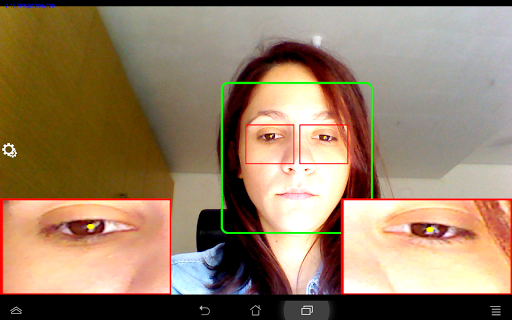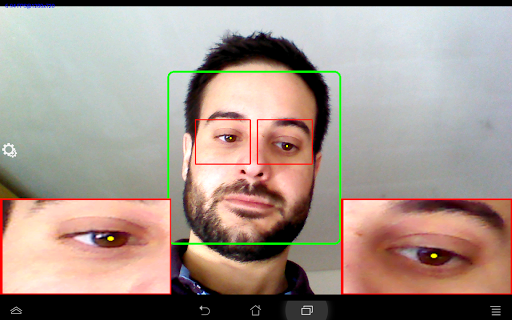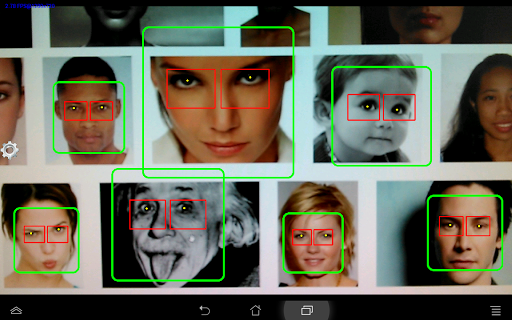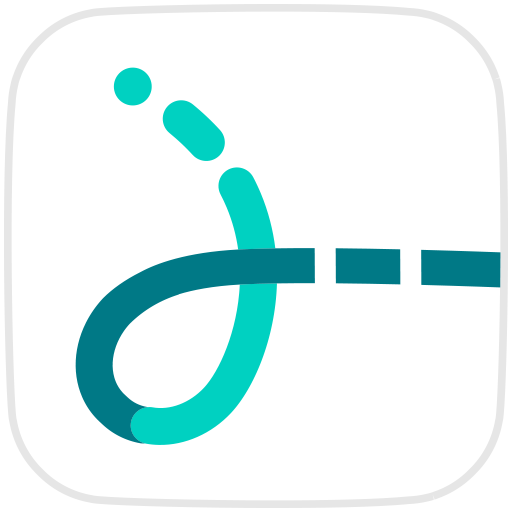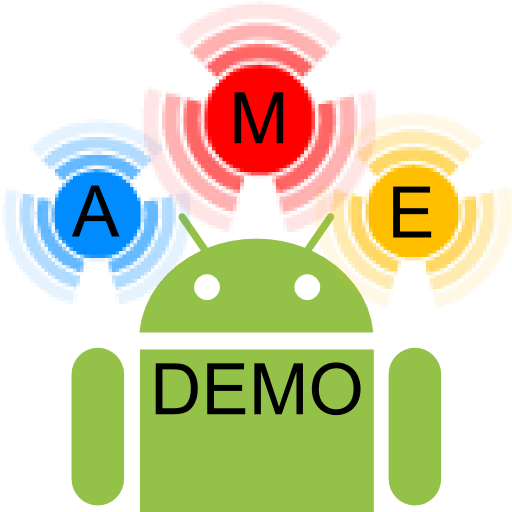In short
Eye Localization is a free app for Android made by Evangelos Skodras.
Highlights
This thing hooked up to a browser can make eye scrolling
Description
The goal of the Eye Loc application is to localize the eye centers of a person the camera is capturing, in real time. It is based on a computer vision algorithm that exploits the chrominance information of the eye and the radial symmetry of the iris in order to localize the eye centers. The algorithm makes use of OpenCV, an open source computer vision and machine learning software library. Face detection is performed using the OpenCV’s built-in face detector. The application works optimally in well-illuminated environments, where images with good contrast levels are captured. If you have any questions, or found a bug, please send an email to the address below. APPLICATION AREAS The Eye Loc application is released to demonstrate the eye localization functionality in handheld devices. Its development was initiated as part of a project to develop a robust eye localization platform based on low cost hardware, with the ambition to integrate its functionality in other applications such as: • Eye typing The eye typing feature uses the direction of the gaze and eye blinks to compose messages or perform other actions. The ultimate goal is to assist people with ALS, lock-in syndrome, tetraplegia or any other person that can only move their eyes with using their handheld device to communicate, browse the Internet or facilitate other everyday tasks. • Smart scrolling Similar to Samsung’s Smart Scroll feature which currently relies on face recognition and tilt (http://mashable.com/2013/03/14/smart-scroll/), smart scrolling can be further optimized by sensing the change of the direction of the gaze. • Spoof proof face unlock The face unlock feature can be usually spoofed using a photo of the owner (http://www.geek.com/android/android-face-lock-feature-spoofed-by-photograph-1440953/). Face unlock can be rendered more reliable by introducing a ‘liveness check’: once a face is verified, the user is required to follow a randomly moving dot with his eyes. • Estimation of gaze direction for driver assistance By mounting the mobile phone on a vehicle’s dashboard, a gaze estimation application could monitor and evaluate the driver’s vigilance, by determining whether the driver’s focus of attention is on the road. • Usability evaluations Eye movements and fixations provide an indication of the amount of cognitive processing a display requires and hence how easy it is to process, which leads to the potential use of eye tracking to contribute towards the assessment of the usability of user interfaces.
More

